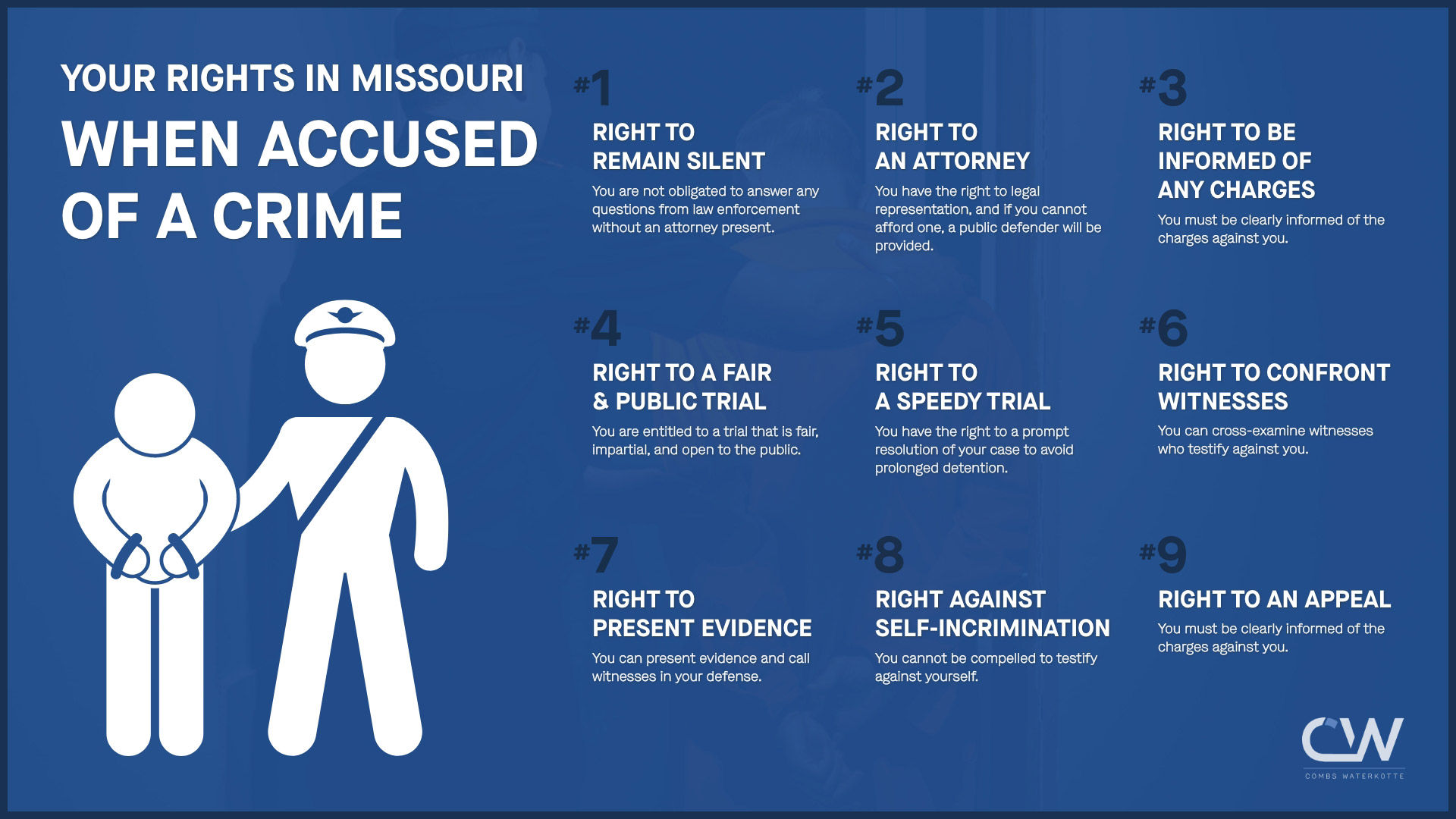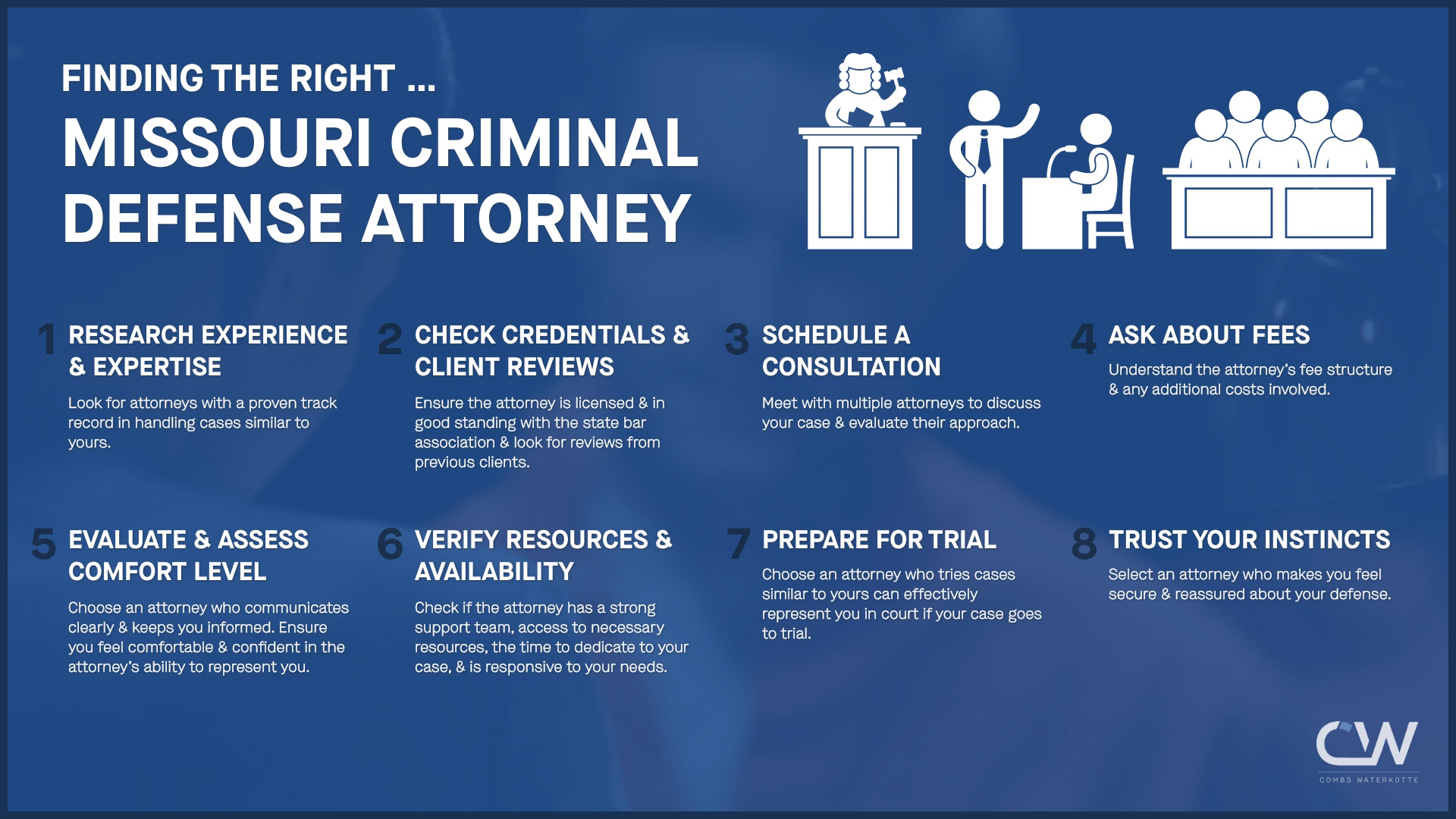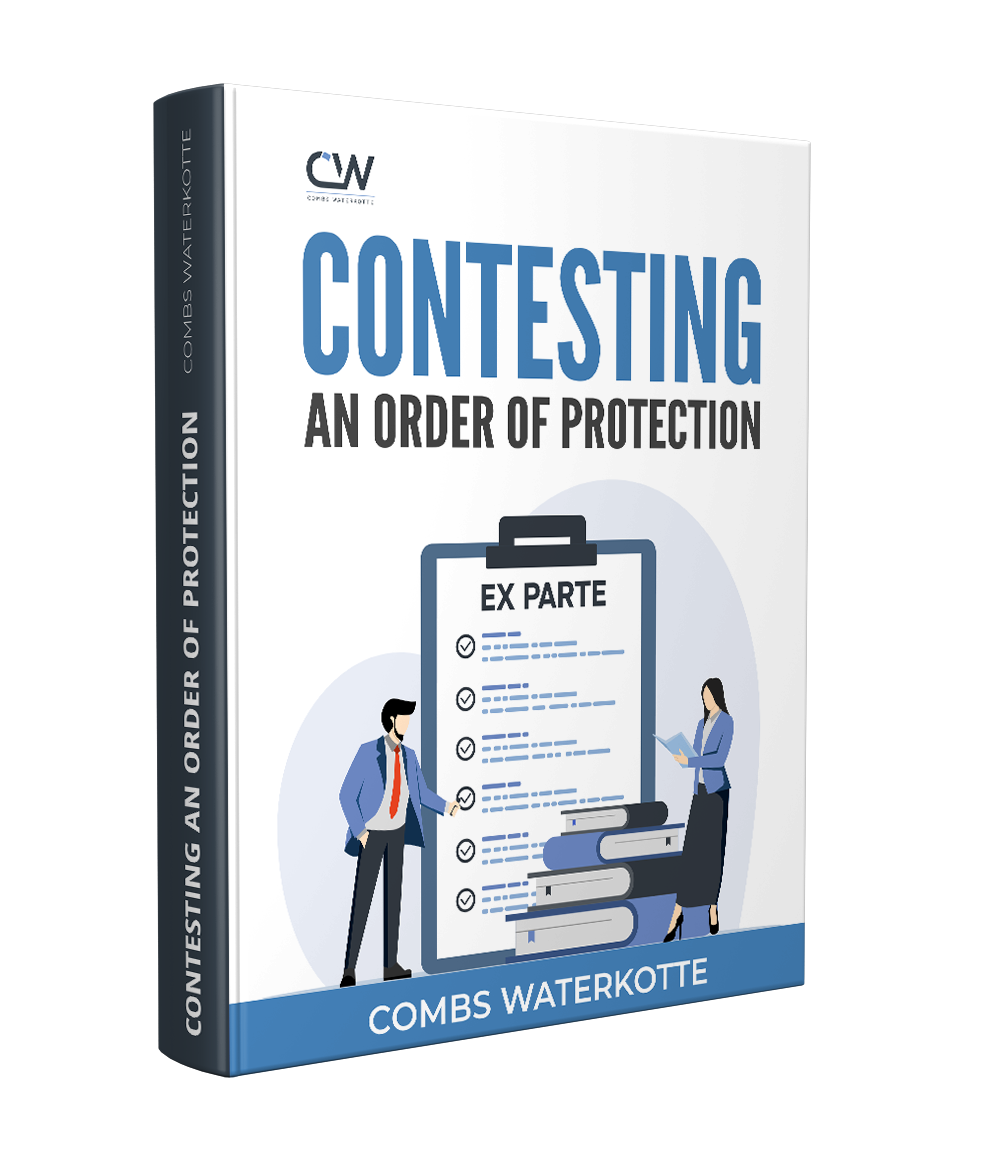Additional Links

Laws Against Vehicle Hijacking in Missouri
Many states have different degrees of theft and separate fraud, larceny, and auto theft. Unlike these states, Missouri has a comprehensive law against stealing that encompasses all offenses that involve taking someone else’s property without permission or by using deceit or coercion.
In other words, Missouri does not have an auto theft statute. Instead, prosecutors use the same statute to charge auto thieves, shoplifters, and embezzlers. However, the state has recognized that vehicle hijacking involves different risks to the driver and their passengers compared to simply losing a vehicle.
Hijacking an occupied vehicle is now considered to be more similar to robbery than theft since the victim had possession of the car when it was taken. The victim could get injured by the hijacker or the vehicle once it was under the hijacker’s control. The hijacker might even deliberately or inadvertently kidnap the vehicle’s occupants.
As a result, in 2020, Missouri’s legislature passed a statute specifically aimed at vehicle hijacking. This statute takes elements from the state’s stealing and robbery statutes to create a new felony offense.

Missouri’s Statutes Covering Vehicle Hijacking
The vehicle hijacking statute appears in the chapter on robbery and stealing in the Missouri Revised Statutes. This law gives prosecutors an option to charge accused hijackers with an offense similar to robbery, but without proving the perpetrator used a weapon or the victim suffered an injury. It also gives them a more severe charge for vehicle theft when it is occupied.
The statutes that can apply to a vehicle hijacking include the following:
Vehicle Hijacking
Vehicle hijacking occurs when someone knowingly uses or threatens to use force against someone else to seize control or possession of a vehicle from them. Under Missouri law, a vehicle includes all motorized, wheeled vehicles, except for trains, motorized wheelchairs, and electric or motorized bicycles.
The Missouri statutes do not define physical force, so a court will typically use its plain meaning. You can assume that physical force can include:
- Punching
- Kicking
- Pulling or pushing
- Shooting
- Stabbing
The statute also includes threats to use physical force. Thus, a vehicle hijacking can occur if the accused hijacker never touches the driver or passengers but threatens to shoot them if they don’t get out. A credible threat is enough to violate the vehicle hijacking law.
Prosecutors can seek enhanced penalties if they can prove someone did any of the following during the vehicle hijacking:
- Caused serious physical injury to the driver or a passenger
- Carried a deadly weapon
- Used or threatened to use a dangerous instrument
- Displayed or threatened to use what appeared to be a deadly weapon or dangerous instrument
- Seized a vehicle with a child or special victim inside
Special victims include elderly, vulnerable, or disabled people. Interestingly, transit workers are also included. Thus, hijacking a city bus can result in enhanced punishment under the vehicle hijacking law. Seizing a vehicle with an occupant can also constitute kidnapping.

First-Degree Robbery in St. Louis
First-degree robbery occurs when someone forcibly steals property and performs any of the following acts:
- Causes serious physical injury
- Is armed with a deadly weapon
- Uses or threatens to use a dangerous instrument
- Displays or threatens to use what appears to be a deadly weapon or dangerous instrument
- Steals any controlled substance from a pharmacy
This list nearly matches the grounds for enhanced punishment of vehicle hijackers. Thus, you can think of charges of vehicle hijacking with aggravating circumstances as roughly equivalent to first-degree robbery.
However, there is an important difference. The term “forcibly steal” requires prosecutors to prove that the force employed by the accused was meant to overcome the victim’s resistance to having their property taken or coercing the victim into surrendering the property.
The vehicle hijacking law has no such requirement. Instead, prosecutors only need to show that the force was used to seize the vehicle. For example, a prosecutor could argue that smashing a window qualifies as force because the victim is showered with glass shards, and the broken window allows the accused to seize the vehicle.
Second-Degree Robbery in St. Louis
Second-degree robbery happens when the accused forcibly steals property and injures the victim in the process. Again, second-degree robbery uses the term “forcibly steal,” so it requires the same types of force as first-degree robbery.
However, second-degree robbery requires that the victim suffer an injury, even a mild one, during the incident. Vehicle hijacking does not require an injury.
Thus, a jury could convict the accused of vehicle hijacking even if there was no contact between them and the victim. This difference gives prosecutors a powerful reason to file vehicle hijacking charges instead of second-degree robbery charges when an occupied vehicle is stolen.
Stealing Charges Related to Vehicle Hijacking in St. Louis
Stealing happens when someone takes the property of another without permission or by using deceit or coercion. This means that prosecutors could choose to pursue stealing charges against a hijacker.
However, vehicle hijacking is either a Class A or B felony, while vehicle theft is a Class C felony. So even though prosecutors must prove additional elements for hijacking, they can secure harsher punishment for the accused.
Conversely, this difference can give defense lawyers an opening for negotiating a plea bargain. For example, if the evidence of force or threats is weak, a prosecutor might willingly plead a hijacking charge down to a stealing charge to avoid trial.

Possible Defenses Against Vehicle Hijacking Charges in St. Louis, MO
Defenses against vehicle hijacking charges depend on the circumstances of the incident. Some possible defense strategies can include:
No Force or Threats
Prosecutors must prove that the accused used force or threats to take possession of the vehicle. If they lack evidence of force or threats, they cannot support their case.
For example, suppose the alleged victim testified that you opened the door and stood there until they left the vehicle. The prosecution may have a difficult time proving you used force or threats.
No Person Was in Possession of the Vehicle
Vehicle hijacking can only happen when the accused seizes control or possession of the vehicle from someone else. If no one was in the car at the time of the incident, the accused may have committed theft, but prosecutors might have a difficult time proving vehicle hijacking.
Eyewitnesses and security video may prove that the vehicle was stolen rather than hijacked.
Self-Defense
You may be able to claim self-defense in certain circumstances. This defense allows you to argue that your actions were necessary to prevent the use or imminent use of force against you.
For example, suppose prosecutors accuse you of forcibly pulling your spouse out of a vehicle you own. There is nothing in the statute that prevents you from being charged with vehicle hijacking and domestic assault.
If your spouse tried to run over you and you forced them from the vehicle to protect yourself, though, you may have a claim of self-defense.
































